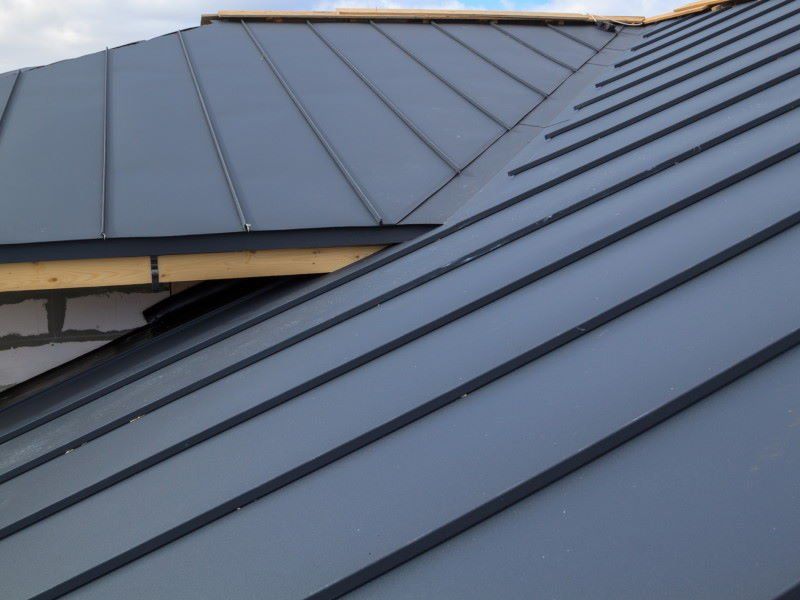Introduction
When it comes to roofing, whether it's residential or commercial, ensuring everything is done right is crucial. A roof is not just a covering; it's a vital component that protects your home or business from the elements. After a roof installation, having a comprehensive post-installation inspection checklist can save you time, money, and headaches in the long run. This guide will walk you through The Ultimate Checklist for Post-Installation Inspections, ensuring that your roof stands the test of time and remains safe and functional.
The Ultimate Checklist for Post-Installation Inspections
In this section, we’ll delve into what constitutes The Ultimate Checklist for Post-Installation Inspections. Every aspect of your new roof should be scrutinized to ensure that it meets standards and performs as expected.
1. Initial Visual Inspection
The first step in any post-installation inspection is an overall visual assessment. Walk around your property and look up at the roof from different angles. Check for:
- Unevenness: Are there areas that appear saggy or uneven? Flashing: Is the flashing properly installed around chimneys and vents? Shingles: Are shingles aligned correctly with no visible gaps?
2. Check for Debris and Obstructions
Debris can cause significant damage to roofs if left unchecked. During your inspection:
- Look for leaves, branches, or other debris on the roof. Ensure gutters are clear to prevent water backup.
3. Assess Roof Penetrations
Any penetration through your roof (like vents or pipes) can be a potential weak spot. Check:
- The integrity of seals around these penetrations. Signs of potential leaks or moisture buildup.
4. Inspect Gutters and Downspouts
Gutters play a crucial role in channeling water away from your home. Inspect them to confirm:
- They are securely attached. There are no blockages or leaks.
5. Evaluate Flashing Integrity
Flashing helps direct water away from critical areas. Check:
- If there are any visible cracks or gaps in the flashing.
This is especially important around chimneys, skylights, and valleys where water tends to pool.
6. Shingle Condition Assessment
Shingles protect against weather elements; thus, their condition directly affects your roof's lifespan:
- Look for curling, buckling, or missing shingles.
If you find any issues, consider contacting licensed roofing contractors for repairs.
7. Ventilation Systems Review
Proper ventilation prevents moisture buildup and extends roof longevity. Inspect:
- Ridge vents Soffit vents
Ensure they're unobstructed and functioning correctly.
8. Water Leak Detection
One major concern post-installation is leaks:

- Inspect inside your attic for signs of moisture.
If you notice water stains on wood beams or insulation, it’s crucial to conduct further investigation.
9. Interior Inspection
Don't forget about checking the interior aspects related to your new roof:
- Look at ceilings for stains indicating leaks.
Also inspect walls adjacent to the roof line.
10. Storm Damage Preparedness Evaluation
Consider what might happen during severe weather events:
- Assess if additional reinforcements are needed for wind resistance.
Understanding storm damage risks can help mitigate future repair roofing company costs.
FAQs about Post-Installation Roof Inspections
What should I do if I find damage during my inspection?- Contact licensed roofing contractors immediately to assess and repair any damage found.
- It's advisable to conduct inspections seasonally and after severe weather events.
- Common issues include shingle wear, flashing failure, gutter blockages, and inadequate ventilation.
- Yes! However, hiring certified roofing contractors may provide a more thorough assessment due to their expertise.
- Repair costs can vary widely based on severity; it’s best to get a detailed estimate from a reliable roofing company.
- Look for experience, licensing, certifications, positive reviews, and warranty offerings when choosing roofing contractors.
Conclusion
The importance of performing thorough post-installation inspections cannot be overstated when it comes to maintaining the integrity of your newly installed roof—be it residential or commercial roofing services. Utilizing this checklist ensures you're not only safeguarding your investment but also extending the life of your roofing system while mitigating potential costly repairs down the line.
Remember: once you've gone through every section outlined in this guide— The Ultimate Checklist for Post-Installation Inspections—you’ll have peace of mind knowing that you've done everything possible to protect one of your most valuable assets—your roof! Whether it’s minor corrections or more significant concerns like emergency roof leak repair services—you’ll be well-prepared by following these steps diligently!